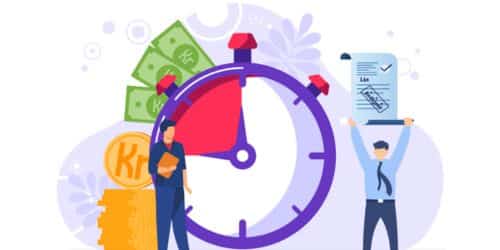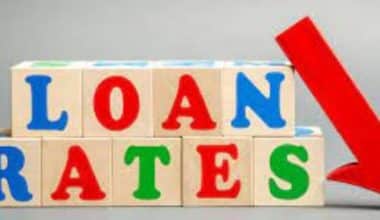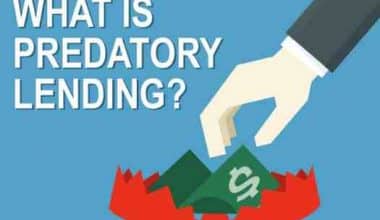The concept of loans on the minute may sound so far-fetched to some people; how does one apply for a loan and get it in a minute? Well, let’s clear out any confusion by explaining the concept briefly.
This type of loan is one in which the borrower applies for credit and gets approved within minutes. Some lenders actually go ahead to disburse the funds within minutes while some will disburse within 24 hours or at most 48 hours.
Loans per minute have helped a lot of people who found themselves in emergency situations and needed cash urgently. They are in the category of consumer loans but the only difference is the speed at which the entire process plays out.
In this article, we will discuss loans in general and then give you the basics of loans on the minute.
What Is Consumer Loan and the Different Types?
A consumer loan is money advanced to consumers as credit to help them offset daily expenses. It can also be used to finance major projects such as buying a car or a house, paying off medical bills, or home improvement.
This credit advance can either be secured or unsecured. The secured ones are the ones that are backed by collateral. This means that the borrower puts down assets of equal or higher value than the amount they are requesting for. This asset will stand as security for the loan and if the borrower defaults, it will be used to recover the funds.
The unsecured ones on the other hand are ones that are not backed by any collateral. These types are considered high-risk for lenders and because of that; the interest rate is usually higher. One other thing is that the amount given is not usually as high as that of secured loans.
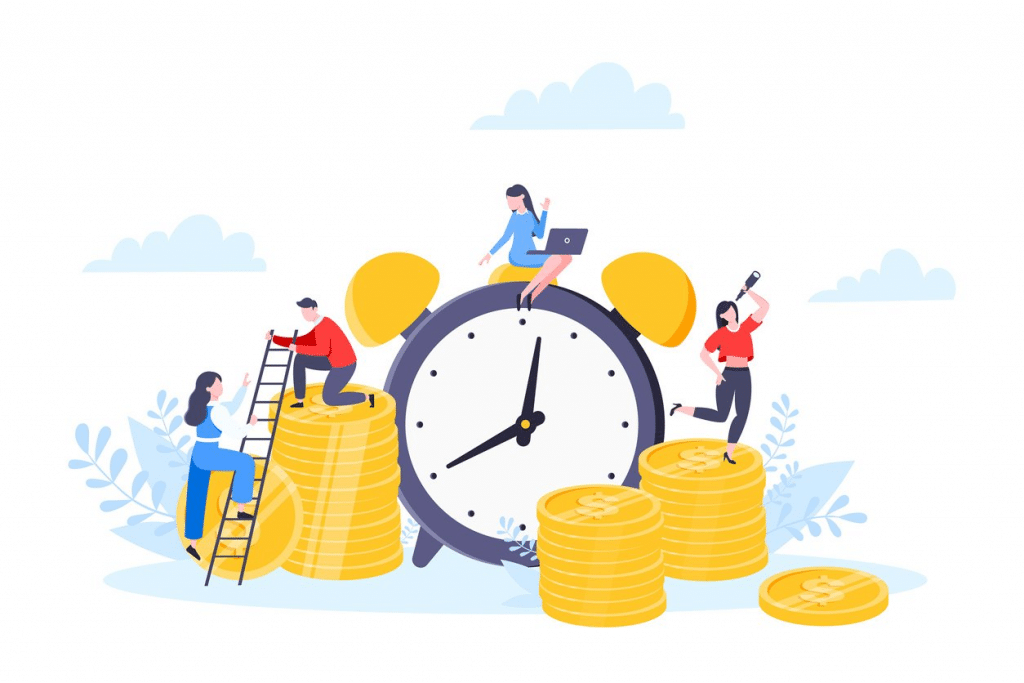
There are different types of this credit facility in both categories (secured and unsecured) and they include the following:-
- Mortgage -This is funds made available to a consumer to enable them to buy a house. This credit facility is backed by collateral and most often the house or property in question is usually the collateral. What happens if the borrower defaults on payment is that the house is repossessed to recover the debt. Repayment duration can span between 15 to 30 years with either variable or fixed interest rates.
- Car Loan – As the name implies, this facility is given to enable consumers to buy a car. Same as with mortgages, the car bought with the funds is usually the security for the loan. So if the customer defaults in repayment, the car will also be repossessed to get the money owed back. The repayment period can be from 2 years to 7 years depending on the lender.
- Student Loans – This is money advanced to students to help them finance their tertiary education. This is an unsecured loan and the repayment duration does not start until the student graduates and starts earning an income.
- Medical – This is a credit advance given to help take care of medical bills. Some lenders do not have this specific delineation as personal loans can be taken to sort out medical bills but others do. This is an unsecured loan as it doesn’t require any security. It comes in handy for people who do not have health insurance or in situations where the medical condition is not covered by their insurance policy.
- Personal Loans – This is a blanket category as the borrower is free to do anything with the funds gotten from this type of credit facility. Although some lenders will ask what the money will be used for, the borrower is not obligated to use the money for the purpose stated. This information is usually just a formality for the lender to protect themselves in the event that the borrower uses the funds for an illegal venture. This is an unsecured loan and it comes with higher interest rates than the secured ones.
- Credit Cards – This is a revolving line of credit extended to customers to enable them to make purchases and pay for services. Transactions are facilitated by a thin metallic card that’s issued by a bank or financial institution. The cardholder has a spending limit and also a repayment date that’s agreed upon at the point of being issued the card. You can read this article for full details about credit cards.
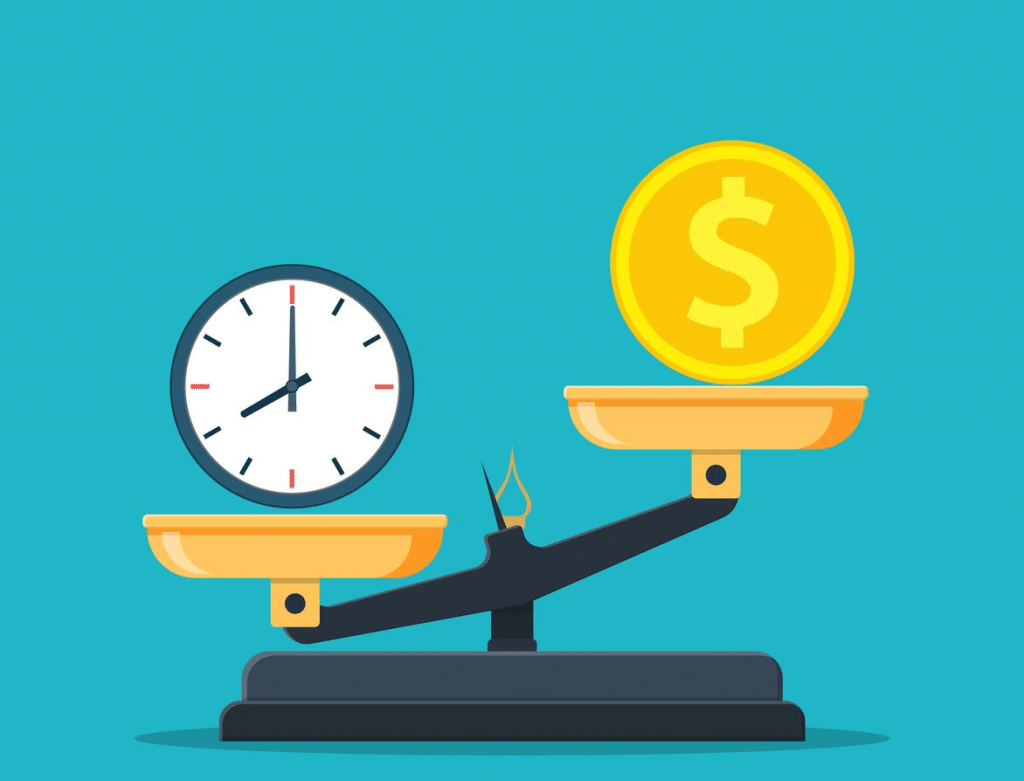
Things that Affect Approval of Loan Applications
Some people do not carry our any research or make inquiries before applying for loans and when their application is rejected, they wonder why. In order to save you the stress of frustration and disappointment, we will share some things that can make a lender to reject your application. A knowledge of these things will help you record success with your application process.
Credit Score
A person’s credit score is the measure of their creditworthiness. It represents the borrower’s credit history and enables the lender to check out how the prospective borrower handles their financial business. The score shows whether the customer is one who clears their debts on time or whether they constantly default.
Lenders do not joke with this information especially when it has to do with unsecured loans. A low credit score will most often result in rejection of the application and for lenders who approve, the interest rate will be high. A high credit score on the other hand, gives the borrower an edge to negotiate for fair or low interest rates and other conditions.
Employment History and Verifiable Source Of Income
Your employment history plays a very important role in whether your application will be approved or rejected. Someone who has been on job for long stands a better chance for approval than one who has been moving from one job to the next. The consistency of staying on a job inspires confidence in the lender that the person will repay if credit is advanced to them.
Additionally, the employment history will also show a verifiable source of income. Most lenders will ask for documents such as pay slips for at least 3 months. Self-employed folks are most often required to present bank statement(s) of their business.
Debt-to-Income Ratio (DTI)
This refers to the proportion of debt you have in relation to your income. The lender needs to be sure that your monthly income can comfortably handle repayments after taking care of your living expenses. In Norway, a borrower is not approved for any loan that is more than 5 times their annual income. This is to ensure that the DTI is within the normal range.
Collateral
A person who is willing and ready to provide collateral is a better prospect to any lender and is more likely to be approved for large sums of money. The value of the collateral also gives the borrower an edge to be able to negotiate lower interest rates and other conditions. Loans without collateral are high risk for lenders and that is why the interest rates are usually higher.
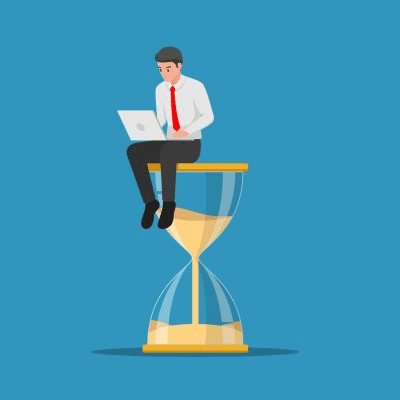
How Does Loan On the Minute Work?
Now that you have a good idea about how loans work in general, let’s go on to focus on loans on the minute.
Thanks to technology, today, a customer can fill in an application online and have it approved in minutes. This is because the application will be processed digitally by what is known as self-learning software. The interconnectedness of the internet makes it easy for banks or lenders to get the needed information for approval or rejection in minutes.
Once your application comes in, the bank will run a credit check on you and the guarantors that you presented. If you have a payment remark on your report (this means that you are in default of another loan(s)), your application will most likely be rejected.
Furthermore, people with low credit scores may either be rejected or approved for loans with high-interest rates and other stringent conditions.
Below is a summary of how the process of reviewing an application for this type of loan works:-
- Your application is uploaded to the bank’s system and the process begins
- The bank checks whether you are their customer or not.
- The system checks the debt register to see whether you have any payment remarks or debt collection case.
- They order a credit report from Experian, Bisnode or any of the sites that offer the service.
- If they are not satisfied with the result gotten so far, they may carry out a manual review of your application. This manual review will prolong the process.
- If your application is approved, a notification email is sent to you with loan document to be signed electronically.
Bear in mind that if your credit check pans out without need for a manual review, your loan will be approved within minutes. Furthermore, people whose incomes are within the limit of what is allowed for automatic processing are more likely to get instant approval.
Additionally, you are advised to send in your application during work hours; the earlier in the day you send it in, the faster you get the funds. In Norway, there are 5 windows of transfer between domestic banks so you will do well to know them so that you can time your application accordingly. Visit .billigeforbrukslån.no/lån-på-minuttet more information. Remember that information is power.
Conclusion
In this article, we discussed consumer loans in general and then focused on loan on the minute. What this concept means in summary is that you get a response to your loan application in minutes. Some banks disburse the funds faster than others but it all depends on how fast your credit check goes.
We recommend that you get as much information about this financial product (which is why we wrote this piece), even way before you need the service. This will help you to make an informed decision/ choice when the need for it arises.
